The Ministry of Education introduced Structured Literacy into schools, with a clear goal of ensuring every child learns to read successfully. "Structured Literacy is about getting back to basics and teaching students to read by using sounds and phonics to understand words." Eric Stanford (Minister for Education, 2024)
Wairakei Primary School has chosen to implement the Better Start Literacy Approach (BSLA), giving students a strong foundation for their literacy journey. BSLA is based on the Science of Learning. This ensures that students are taught the essential skills they need in an explicit and systematic manner.
Explicit teaching means that teachers directly explain and model everything, leaving no room for confusion. Systematic teaching ensures that skills are taught in a logical, planned order, building on each other from simple to complex, much like building a house one brick at a time.
The How: What BSLA looks like in practice
BSLA lessons are designed to be fun, fast-paced, and engaging. Typically, beginning with a whole-class lesson before moving into smaller group activities. A variety of strategies are used, including:
-
games and songs to build phonological awareness
-
letter-sound links, focusing on a few at a time
-
decodable books, which use known sounds and 'heart words' to develop fluent reading with expression and comprehension
-
writing practice, where students apply their new skills
As student fluency increases, the focus shifts to developing strategies for deeper comprehension and building a broader vocabulary. They learn to infer meaning from context, use morphology (the study of word parts) to understand challenging words, and engage with a wide range of texts.
Answering comprehension questions is getting easier because we are getting used to answering questions like that every day.
Across all age groups, students use "PhOM" ( Phonological Awareness and Oral Language with Movement). This core component of the BSLA programme builds foundational literacy skills through a fun, engaging, and active approach, preparing students for more explicit phonics and reading instruction.
Writing instruction is also explicit, with teachers modelling and teaching the conventions and structures that make writing clear and effective. Students are given opportunities to write for various purposes.
Room 4 students built words using prefixes and suffixes and then used these words to improve their writing.
The Who: What BSLA looks like across the years
BSLA provides assessments that teachers use consistently across the school. These assessments ensure teachers and parents are aware of a student's ability and can provide the exact support they need at the right time.
New Entrants - Year 3
New entrants begin by consolidating their phonological awareness, the ability to hear and play with the sounds of language. You'll hear students rhyming words, looking for individual sounds like /p/ in pat, and breaking words into syllables by clapping them out. This prepares them to be aware of the sounds that combine to form words.
Room 16, students take turns adding a rhyming word to create a chain of words.
Students move on to phonics, the critical link between letters (graphemes) and the sounds they represent (phonemes). By teaching letter sounds systematically, students quickly gain the ability to decode new words, rapidly expanding their reading vocabulary.
Decoding skills and letter combinations continue into Years 1, 2, and 3. Students build knowledge of letter combinations and the sounds they make, moving to more complex combinations. For example, they learn that er makes an /u/ sound, as in dinner.
Room 11 students learn about “shwa” sounds. Ellie describes what “shwa” sounds are; “New Zealand people talk very lazy, so we don’t say dinner, we say dinnu but we have to spell it right - dinner.”
Alongside phonics, students learn "heart words," which are essential words for reading and writing. These words don't follow typical phonetic rules. Students learn them by identifying the irregular parts and committing them to memory for quick recognition.
Once a child can decode words accurately and has a bank of ‘heart words’, the focus shifts to fluency. Students are encouraged to read smoothly and with expression, making what they read more meaningful. When they no longer struggle to decode each word, they can focus on reading for comprehension. By teaching students to decode any word instead of guessing, BSLA fosters true confidence and independence.
Years 4-6
Years 4-6 BSLA looks a little different. The science behind it is the same; students learn to decode multi-syllable words by applying their knowledge of the alphabet code, morphology, and syllables. Spelling instruction is also systematic, building on earlier learning.
Room 7 students
A vowel digraph is when 2 vowels are together and make a different sound. I didn't know how many words used the vowel digraph ai!
It's surprising how many of our words we read have suffixes or prefixes. I have learnt this in the whole class PHOM lessons.
BSLA is for Everyone
BSLA is an approach designed for all students, no matter their level of learning, starting in the first year of school. It provides a strong, explicit foundation in literacy that benefits every single learner.
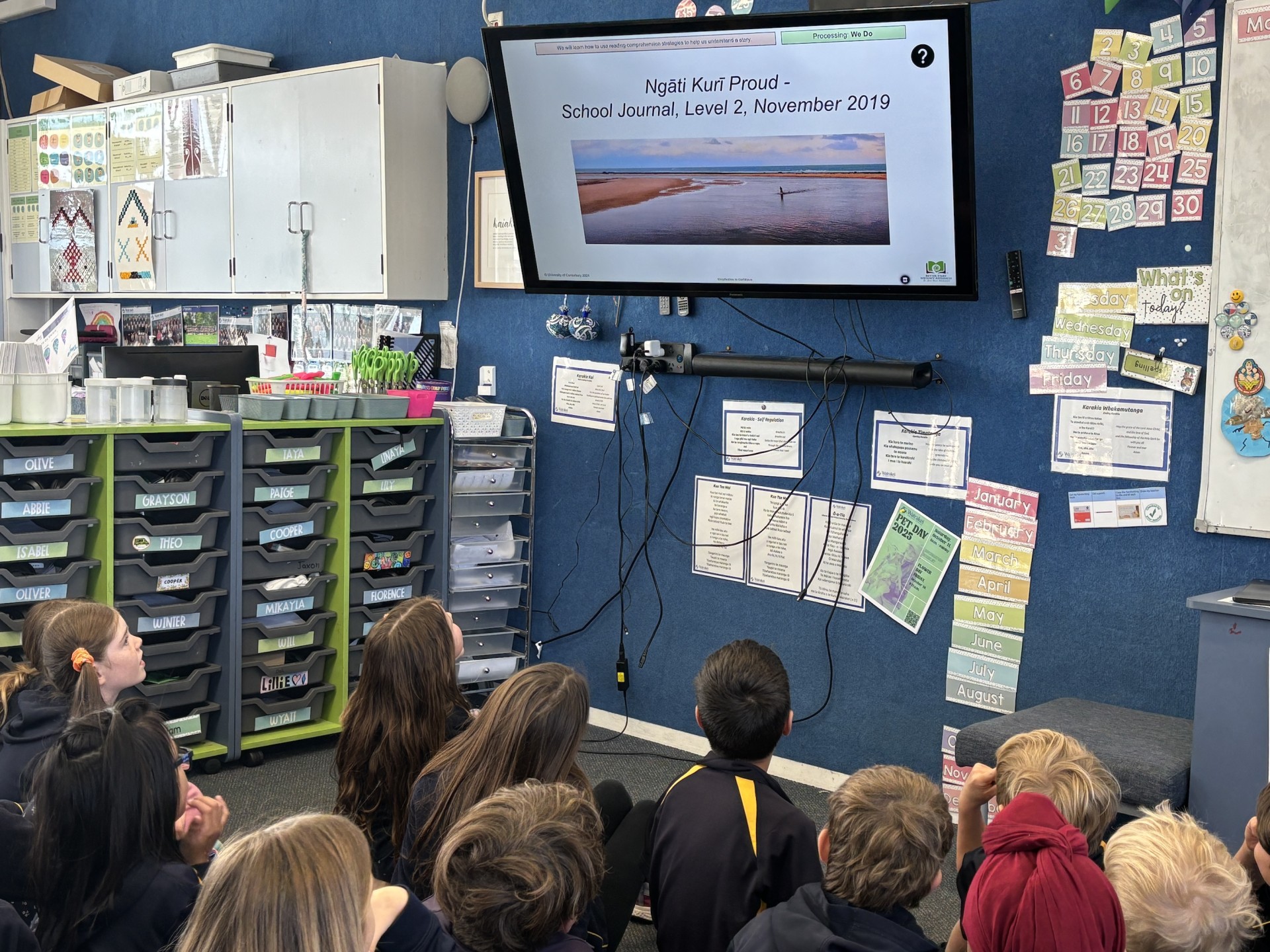
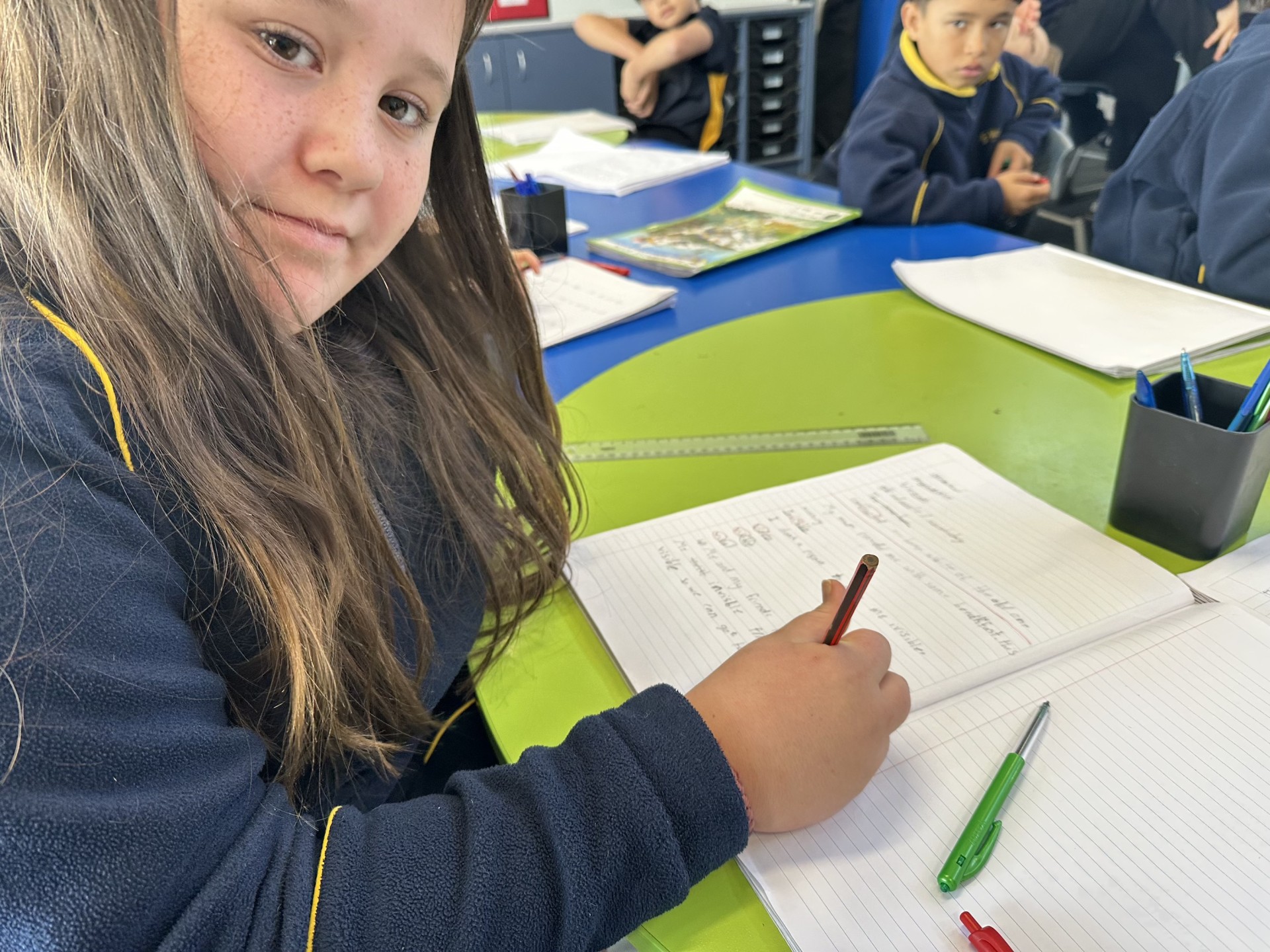
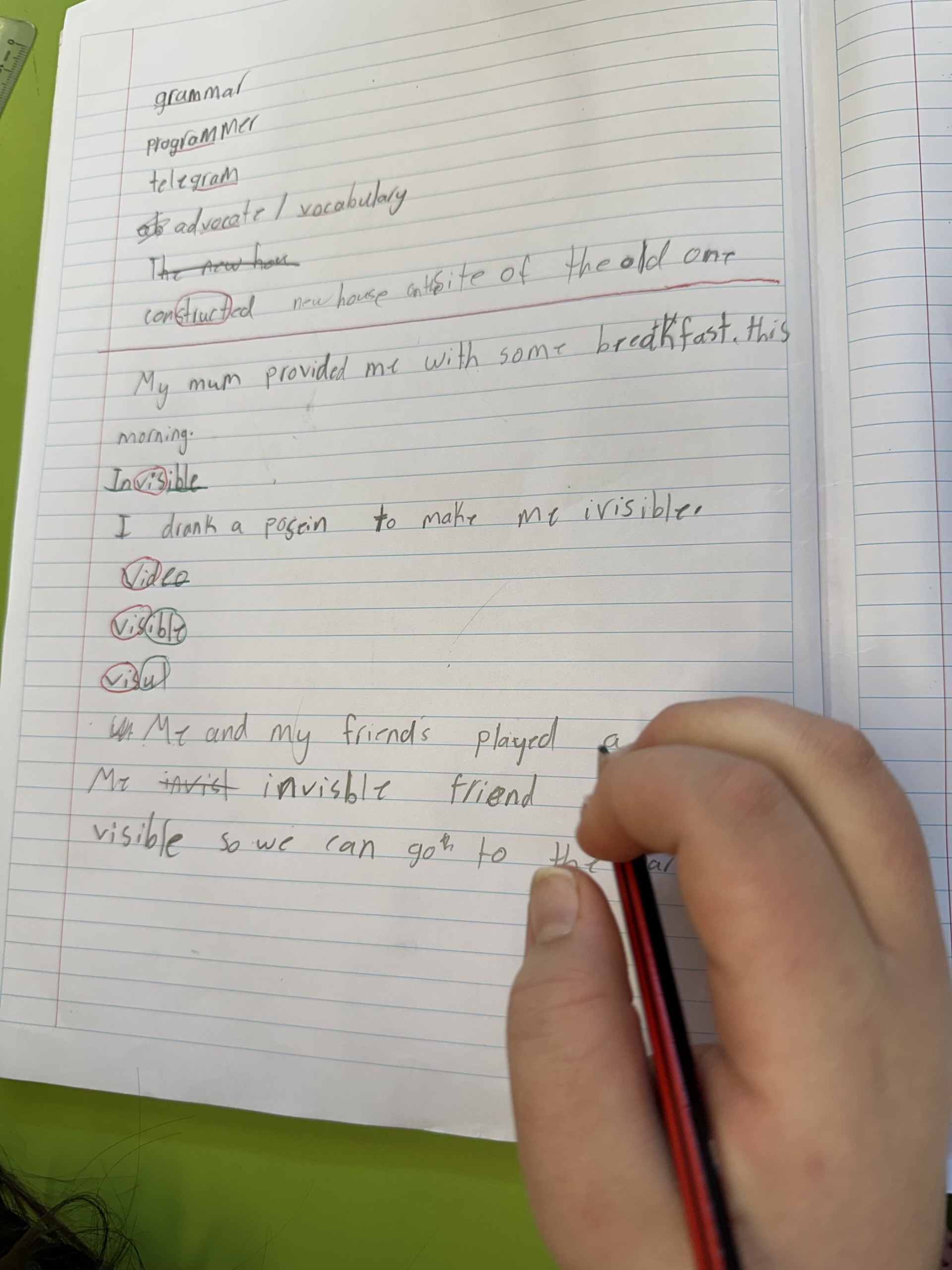

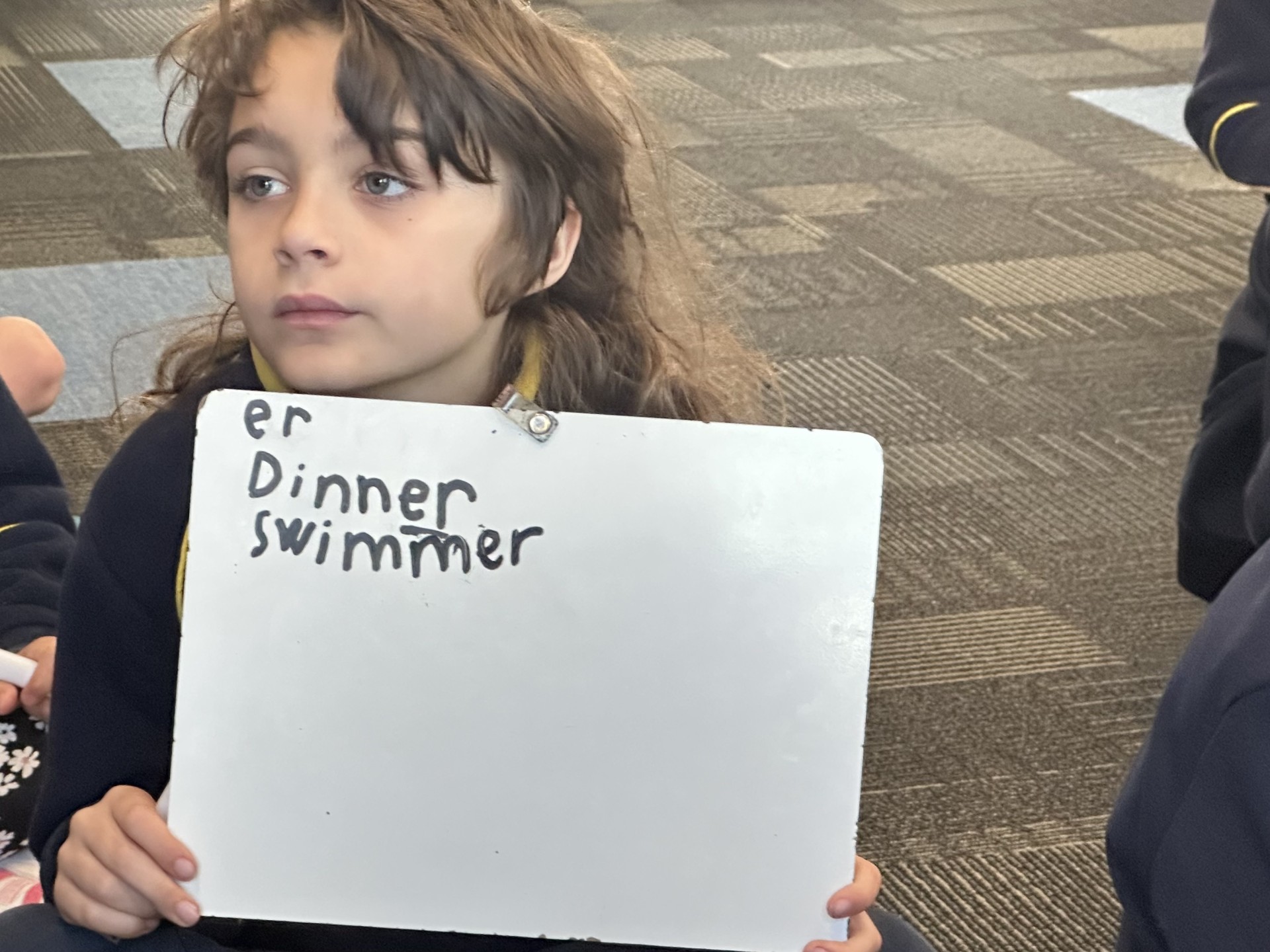
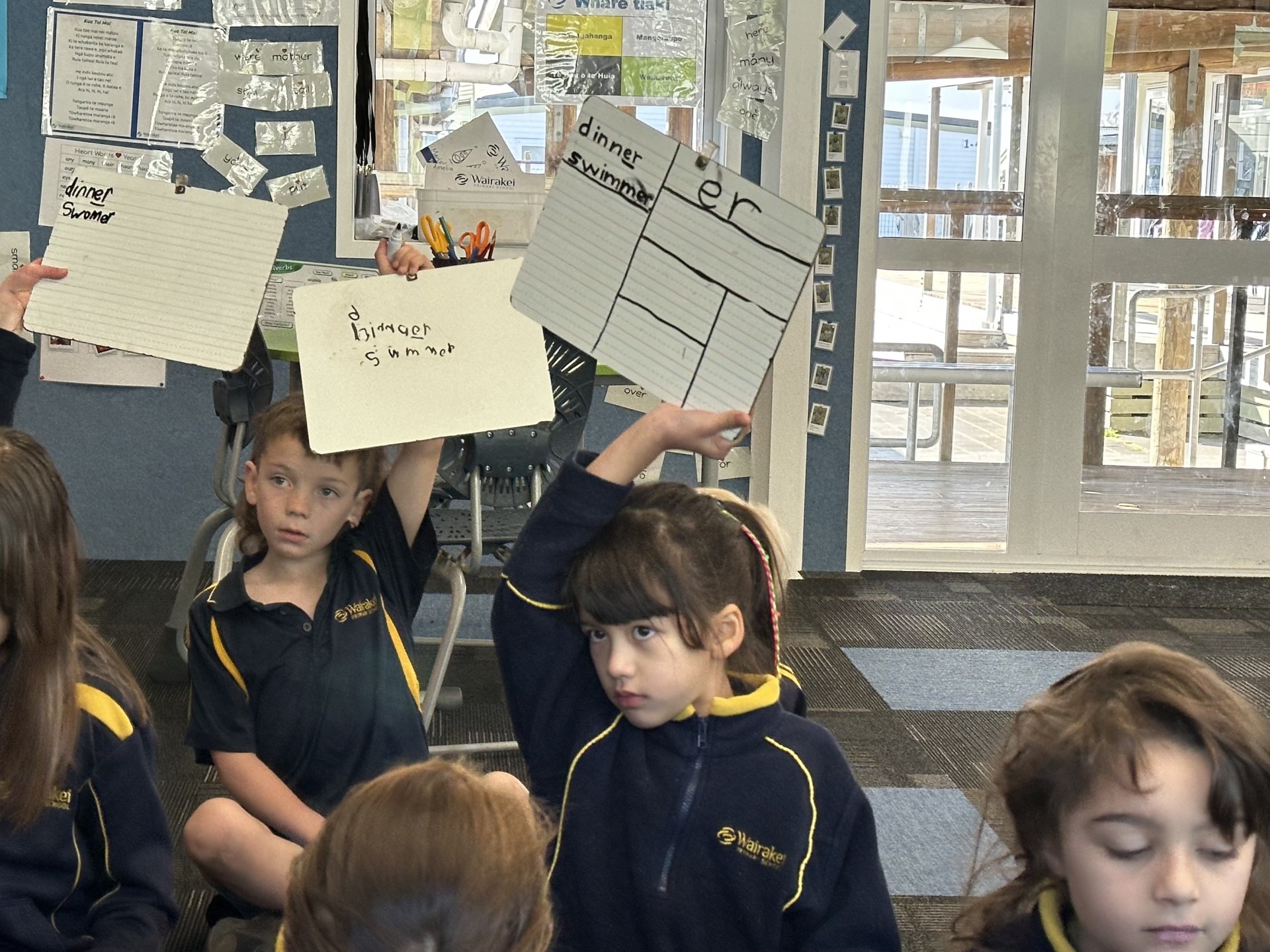
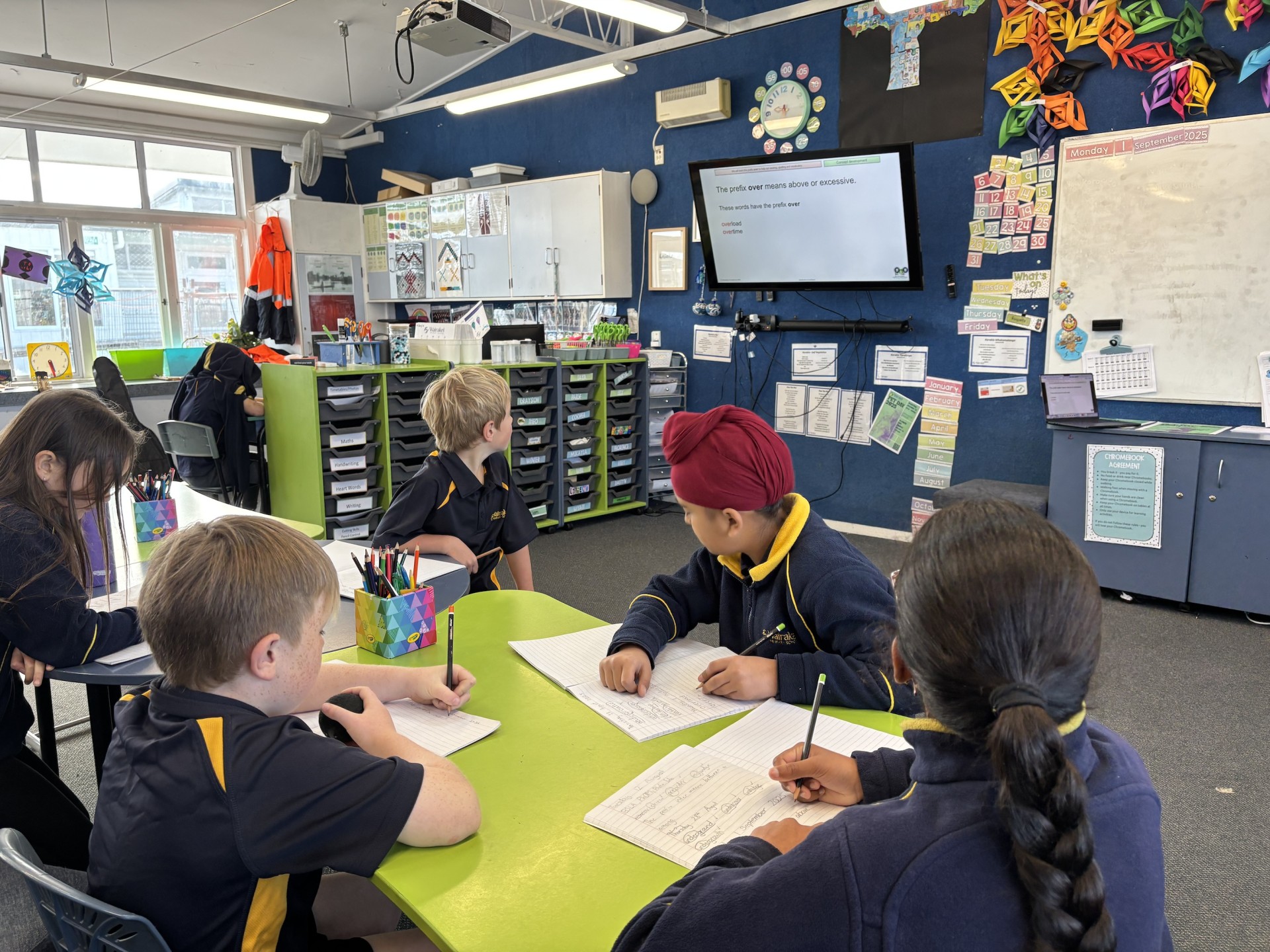
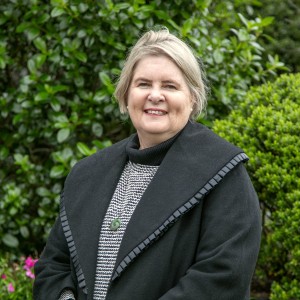

Comments
No one has commented on this post yet.